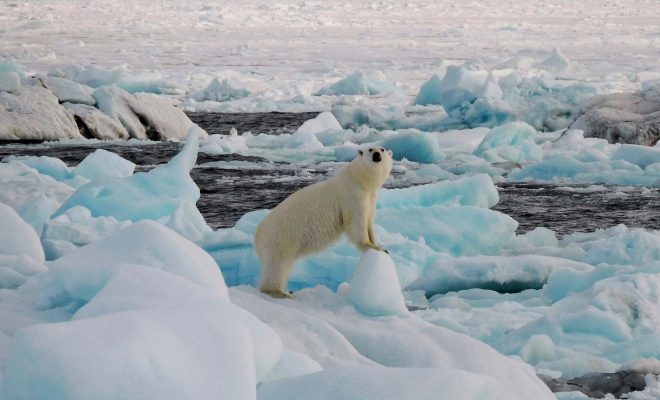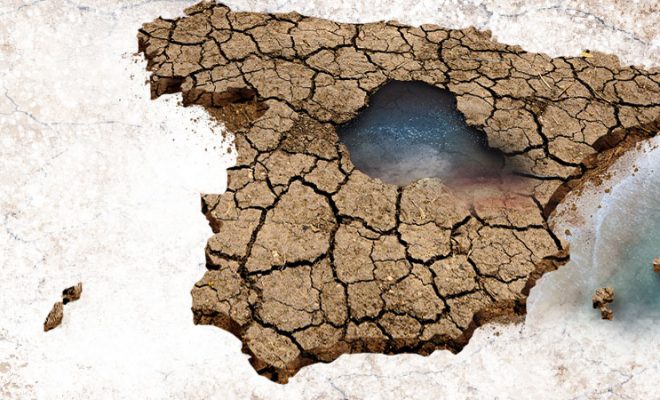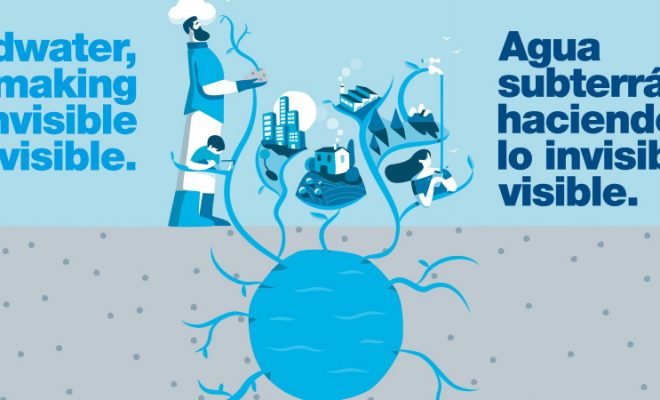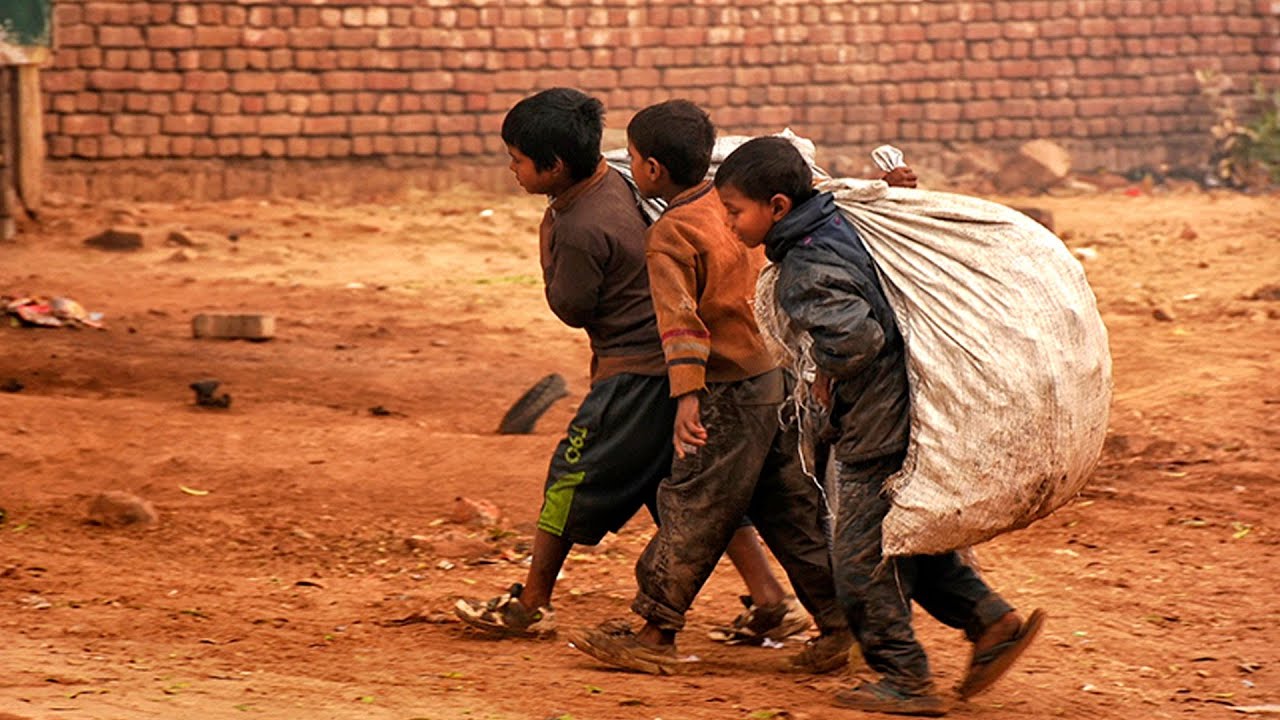
El Niño is the name given centuries ago by fishermen in northern Peru to the abnormally warm sea current that occurred approximately every four years during the Christmas holidays. This phenomenon had a second cooling phase which was called La Niña. El Niño and La Niña have been of interest to meteorologists and climatologists since George Hadley explained global atmospheric circulation in 1735. Since then, evidence of the phenomenon’s significant influence on global climate has accumulated.
In 1969, a significant breakthrough in the study of El Niño was made by the meteorologist Jacob Bjerknes, who linked the warming of the ocean current to the so-called Southern Oscillation, a phenomenon consisting of a rise in atmospheric pressure in the western Pacific with a subsequent weakening of the easterly trade winds. Since then, the two phenomena have been studied together under the name El Niño-Southern Oscillation (ENSO).
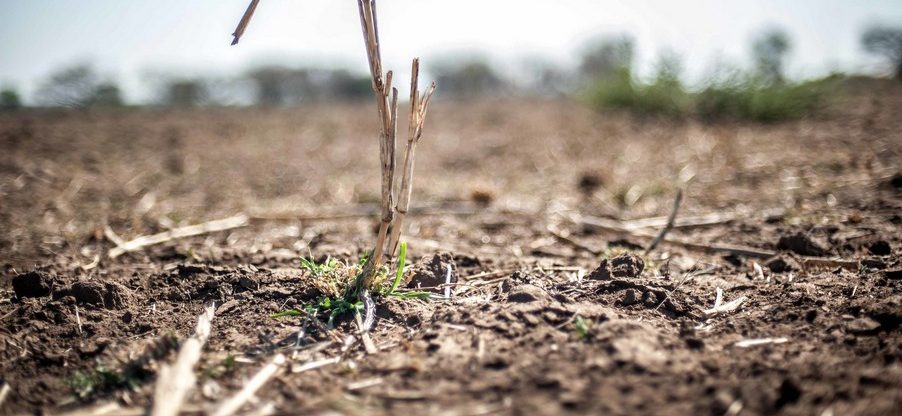
Concurrent droughts, occurring at the same time in different regions of the world, are the most concerning phenomena for ending hunger. © Aurélie Marrier d’Unienville / IFRC
This correlation coincided with the development of the chaos theory by the meteorologist Edward Lorenz in the 1970s, who proved that all meteorological phenomena are related since small perturbations in the atmosphere can have massive consequences on climate. Lorenz summed up the idea with his famous phrase, “the flapping of a butterfly in Brazil can set off a tornado in Texas,” delivered at a conference in 1972. Lorenz’s mathematical models drive current climate change research since several factors, such as temperature, rainfall, humidity, wind speed, atmospheric pressure, etc, are not only closely related to each other but also to the environment, demographics, economics, and so on. In other words, approaches to solutions must be comprehensive, and the more thorough they are, the more foresight we will have.
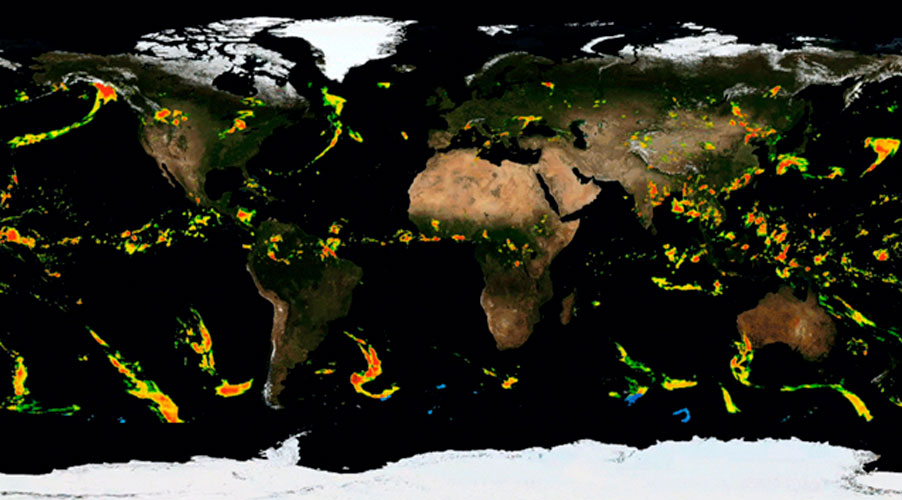
El Niño often spurs a change in rainfall patterns that can lead to major flooding, landslides and droughts across the globe. © NASA
Ancient catastrophes to avoid present disasters
Since the early 20th century, scientists who began to study the correlations between ENSO and extreme weather events have focused on cross-checking historical records.
One of the most important data sources was the work of environmental historian Richard Grove who documented several episodes of concurrent droughts, such as the one that occurred between 1789 and 1793 in Asia, Australia, Mexico, and southern Africa, which many historians suspect may have caused the famine that preceded the French Revolution. Much more widely publicized in Europe and the US were the droughts that occurred simultaneously in Asia, Brazil, and Africa between 1876 and 1878, which caused famines that killed more than 50 million people in the colonies of the industrialized countries. These were the first to lead scientists to study their relationship with the then little-known El Niño phenomenon. In 1888, another episode of concurrent droughts, accompanied by severe heatwaves in India and Australia, was also suspected by scientists to be related to ENSO.
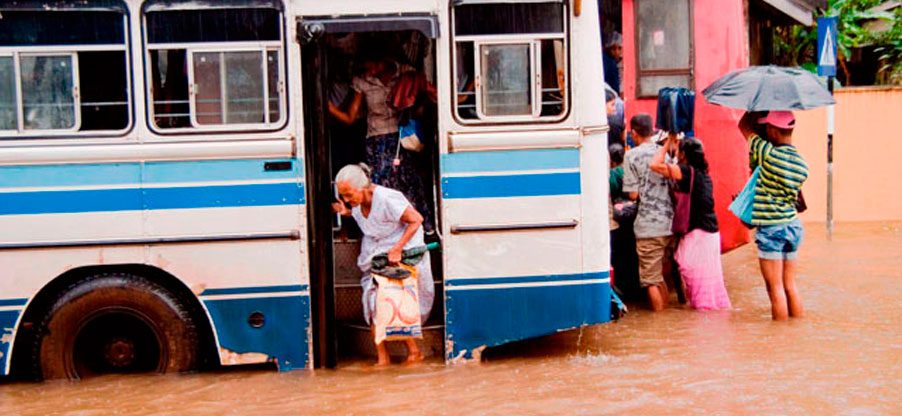
For decades, the IPCC has warned of the increase in extreme events, such as droughts and floods, resulting from global warming. © Hafiz Issadeen
Latest studies on concurrent droughts
Climatological science has been researching using increasingly complex and efficient algorithms. The current climate crisis, which is forcing drastic reductions in greenhouse gas (GHG) emissions, creates a challenging scenario for scientific forecasts. For decades, the IPCC has warned of the increase in extreme events, such as droughts and floods, resulting from global warming, which we are already experiencing. One of the current lines of research delves into the phenomenon of concurrent droughts, the worst thing climate change can bring us in the fight to eradicate hunger and poverty.
A recent study by the Washington State University, published in the journal Nature Climate Change last February, concludes that the likelihood of concurrent droughts turning into catastrophes is very high in many of the already vulnerable regions. Compared to episodes at the end of the 20th century, the probability of such droughts increases by 40% by the middle of the 21st century and reaches 60% by the end of the century. The areas most likely to suffer from the intensity of the phenomena are North America and the Amazon. An estimated 120 million people are exposed to severe concurrent droughts worldwide.
In addition to direct famine in areas without rain, scientists point to the disruption of the world food market, for example, in the case of the USA, which is a major exporter of maize to countries all over the world. In this case, droughts in the US could lead to local supply shortages, which could have a negative impact on the world market, affecting prices and aggravating food insecurity.
The study also points to ENSO as the predominant large-scale driver of compound droughts, as it finds that 68% of drought events occur during El Niño or La Niña. And that if global warming continues on its current trend, the combination of ENSO events with concurrent droughts will increase by 22%.
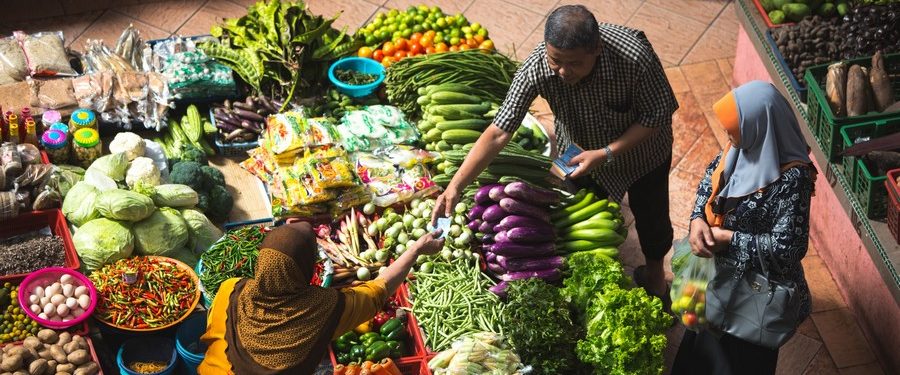
Food security crises often depend on unpredictable factors, as do economic crises. © Alex Hudson-unsplash
Hunger alert: avoiding the convergence of crisis
These situations of severe and concurrent droughts create uncertainty in the fight against world hunger. The World Bank warns of the dangers of increasing volatility in world food prices. Food security crises often depend on unpredictable factors, as do economic crises. No one could have foreseen the 9/11 attacks nor the Covid-19 pandemic; few predicted the 2008 financial crisis and the war in Ukraine months before it broke out.
The situation created by the war may act as a trigger for the latent food crisis that climate change and global water management deficiencies have long been brewing. A few days ago, World Bank president David Malpass warned of the potentially dire consequences for developing countries of higher food and energy prices caused by the war in Ukraine, especially for those still burdened by the debts generated by the pandemic. Malpass denounced the looming food crisis as being as unjust as Covid-19, creating a “crisis within a crisis” for the least developed communities. A fortnight ago, the UN issued a warning on the importance of the humanitarian management of these financial debts, whose creditors are diverse and distributed worldwide.
The president of the World Bank reminds us that there is food for everyone on the planet, but that it is becoming increasingly urgent to manage land and water and take political measures to combat hunger (SDG 2) effectively. In this sense, political inaction can be worse than the most severe drought, and the World Bank is calling for food to be distributed where it is needed, in line with almost all the world’s NGOs.
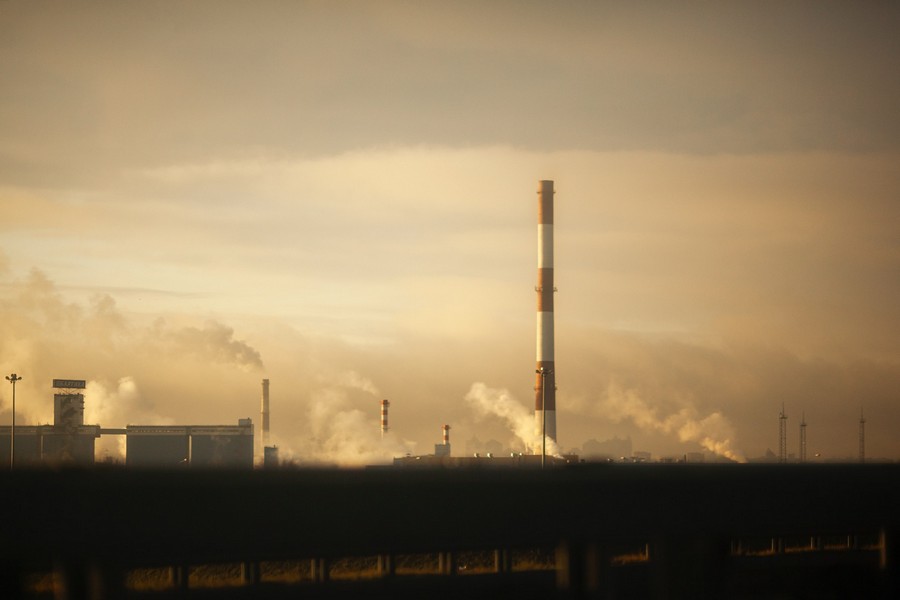
The current climate crisis, which is forcing drastic reductions in greenhouse gas (GHG) emissions, creates a challenging scenario for scientific forecasts. © Zoya Loonohod -unsplash
Reducing greenhouse gas emissions
From a scientific point of view, the alarms are accompanied by good news. In the case of the Washington State University study, scientists point out that the projections have been made under a worst-case scenario of high GHG emissions. The global response to GHG reduction is likely to significantly mitigate the frequency and intensity of concurrent droughts over this century.
Moreover, evidence of the close relationship of these droughts with ENSO provides a useful predictive tool for affected areas. The study claims that three out of four episodes of concurrent droughts are correlated with ENSO, giving a lead time of up to nine months ahead of crises.
Science continues on the path of providing predictive tools that will become increasingly useful. However, the world must make progress in the effective development of international governance to end short-termism. Economists see this as essential for a fair rebalancing of markets. Fragile water security is a common denominator in most of these developing countries, for which it is essential to mitigate droughts as much as possible, or at least to be able to foresee them sufficiently in advance. It is therefore essential to ensure progress in adequate water and land management.
The current situation reinforces the evidence of the profound interrelationship between all the SDGs. In this case, the achievement of SDG 2 – “end hunger” – depends on SDG 6 – “water and sanitation for all,” and both, in turn, rely on the success of SDG 13 – “climate action.” Eight years away from the 2030 Agenda target, it is increasingly evident that we must move forward on all fronts in unison, relying on the guidance of science but also moving to immediate action. The predicted food crisis puts us all to the test.




